

Max Davies
How Audi, BMW, Honda, Mercedes-Benz, and Suzuki started out in Australia, and where they are now
10 Hours Ago
The next Mercedes-Benz eSprinter won't be just another low-range electric van for European cities. It'll offer more range and be sold in more places, including Australia.

News Editor
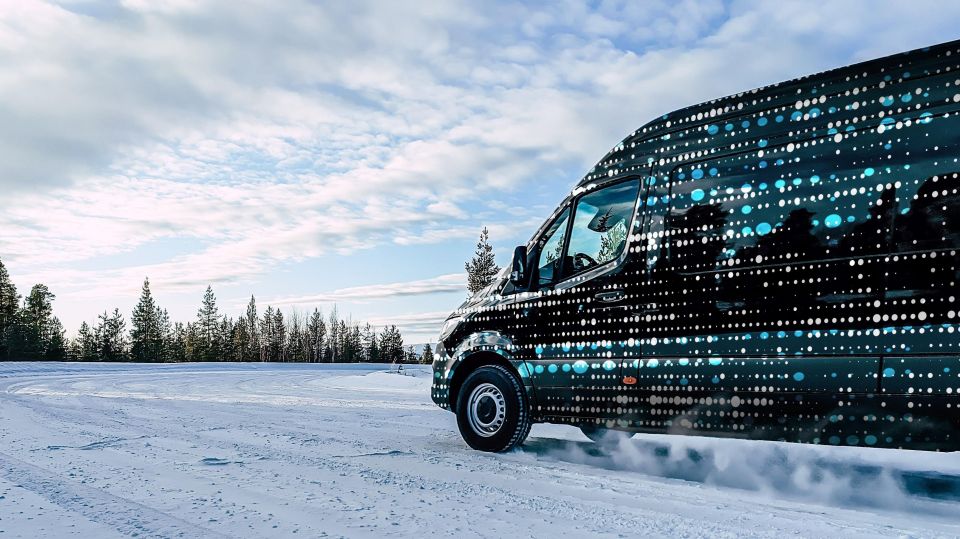

News Editor
The next-generation Mercedes-Benz eSprinter will offer more than double the electric range of the current van, depending on the configuration.
Mercedes-Benz Vans has teased its next-generation electric full-sized van, which has been undergoing winter testing in Sweden at temperatures as low as -30°C.
While we don’t get the current eSprinter in Australia, Mercedes-Benz has confirmed the nameplate will arrive locally “in or around 2024”.
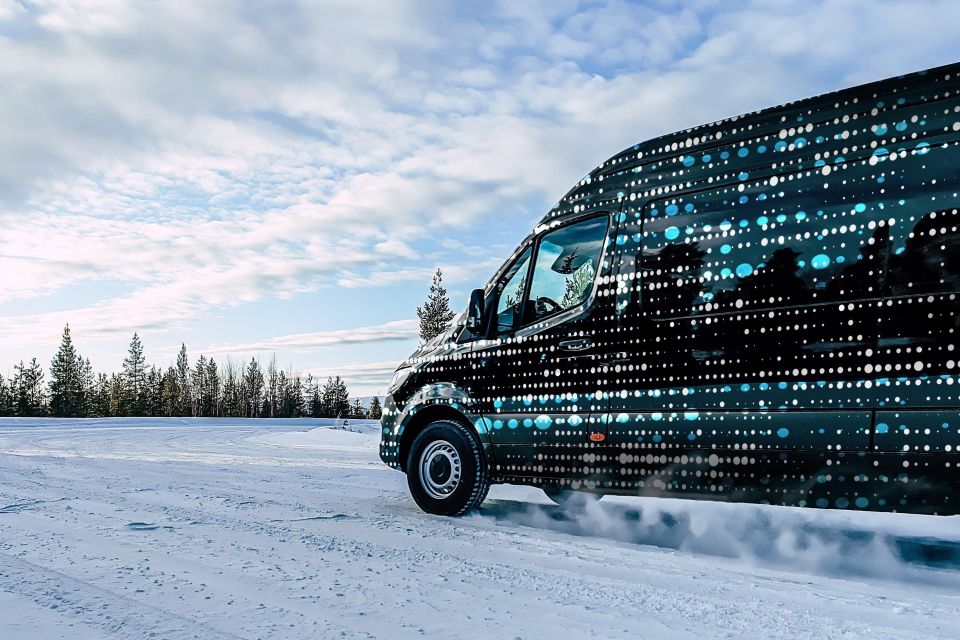
It’ll follow the local introduction of Mercedes-Benz Vans Australia’s first three electric vehicles this year: the eVito, eVito Tourer and EQV.
Production of the next eSprinter will commence in the second half of 2023 in the company’s Charleston, South Carolina plant in the US, before beginning in the Düsseldorf and Ludwigsfelde plants in Germany.
It’ll be available with three different batteries and in various body styles, including both the standard panel van as well as chassis models to accommodate box bodies.
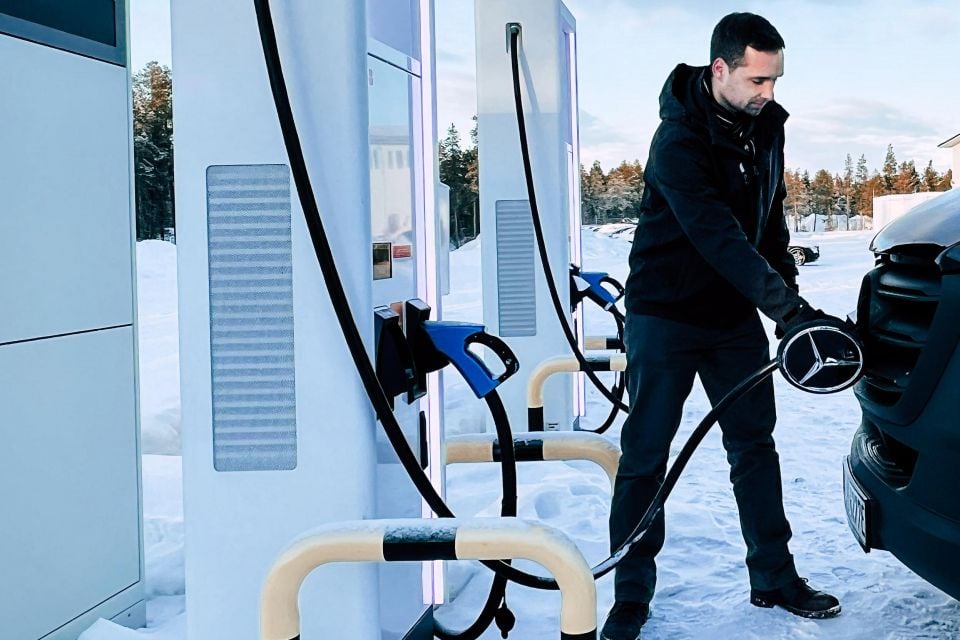
Mercedes-Benz has previously confirmed the next eSprinter will feature an electric motor on the rear axle, and will offer two wheelbase options.
The current eSprinter, which was unveiled in 2018, is a little limited and only targeted at delivery drivers working in urban centres in Europe.
It’s powered by a 84kW/300Nm electric motor. This is paired to either a 41kWh battery with 115km of driving range, or a 55kWh unit with 150km of range.
Top speed is restricted to 80km/h in urban areas, and 120km/h on highways. Payload is limited to between 900 and 1040 kilograms depending on the battery pack installed.
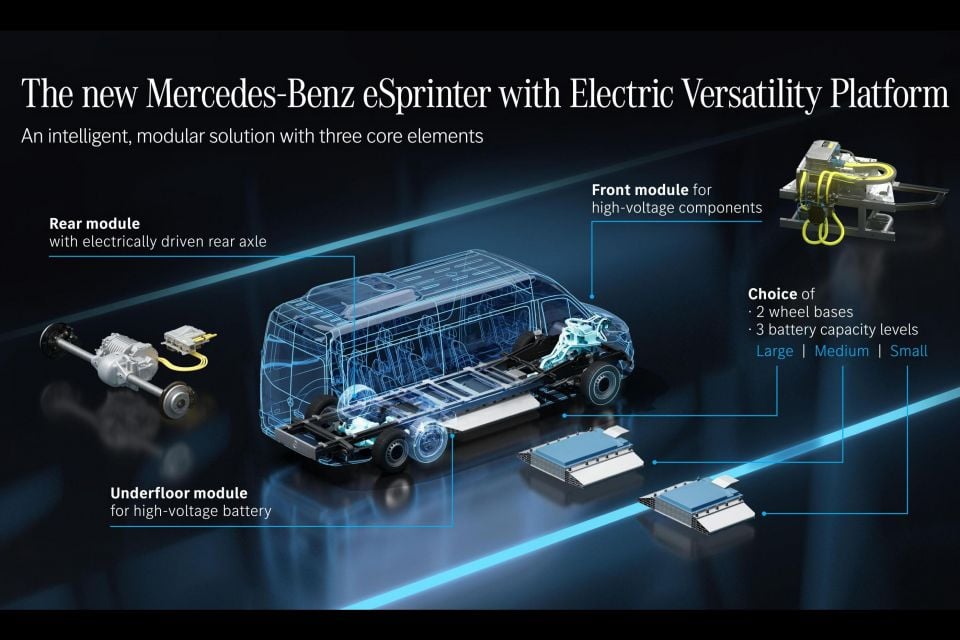
We can therefore expect the next eSprinter to offer over 300km of range in some variants, which will put it in a better position in the increasingly competitive full-sized van market in Europe.
For example, the Ford e-Transit, due in Australia this year, uses a 68kWh battery, a 198kW/430Nm electric motor, and boasts a driving range of 317km on the WLTP test cycle.
Mercedes-Benz says it has worked with stakeholders like courier and parcel services to determine what’s required from the next-generation van.
It has invested around €350 million (A$556 million) in the next-generation van, which will be made available in more markets than ever before including the US and North America.
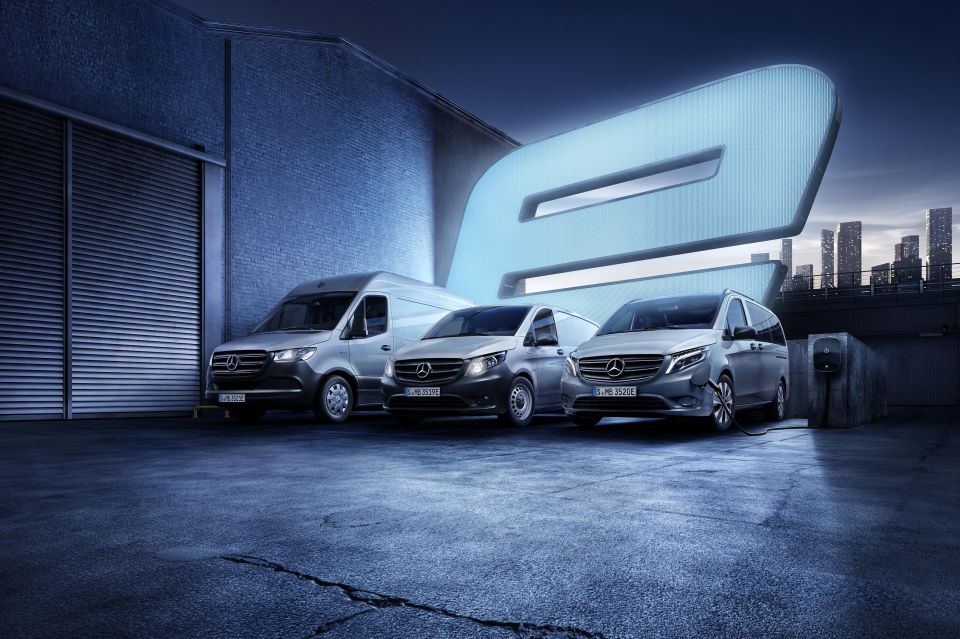
€50 million (A$79 million) has been spent adapting the three aforementioned factories to accommodate the eSprinter. The company says production will be CO2 neutral.
Mercedes-Benz has now revealed or released electric versions of its entire van line-up, including the Citan and T-Class siblings not sold here.
From 2025, all new Mercedes-Benz architectures will be purely electric as the brand plans to be fully electric by the end of the decade “wherever market conditions allow”.
That means there’s a new, dedicated EV architecture for the company’s vans. Called VAN.EA, it’ll be launched “from the mid-2020s”.
Where expert car reviews meet expert car buying – CarExpert gives you trusted advice, personalised service and real savings on your next new car.
William Stopford is an automotive journalist with a passion for mainstream cars, automotive history and overseas auto markets.


Max Davies
10 Hours Ago


William Stopford
10 Hours Ago


Derek Fung
11 Hours Ago


Max Davies
18 Hours Ago


William Stopford
1 Day Ago


Ben Zachariah
1 Day Ago